Car enthusiasts are counting down to 2030 with apprehension. What will become of our beloved engines, our cherished classics and time-honoured mechanical skills? New cars will shun fossil fuels entirely, which means the second-hand market will be radically reshaped in the years to come, too – so now is the time to start putting some ticks on your ‘must-own cars’ list.
Over the next 12 pages, we’ll consider the shape of the market, highlight what’s on offer and take a look at the used car community – because there’s gold in them there hills if you want to find it, and when you’re taking out a subscription for an electric, autonomous runaround, you might regret not having taken the plunge on the car of your dreams.
There are icons, exotica and bedroom poster cars to choose from, but if your ideal second-hander is out of reach, you might have to get your hands dirty. So first, welcome to the wonderful world of the project car, where you can grab the motor you’ve always wanted for a song – but it won’t be ‘factory fresh’. Here’s a few points to consider when you’re picking up a banger, so you know what you’re letting yourself in for.

Bodywork
The paint might look positively gleaming and the body as straight as an arrow in the online advert, but a keen eye could uncover some hard truths in the cold light of day. If you’re handy with the ball-peen and MIG welder, the odd ding or scab won’t bother you, but extensive bodywork repairs can consume a good portion of the time and budget allocated to a project, so identifying the problem areas before purchase is key.
You need to see the whole car from every angle as clearly as possible, so view in the daytime, or under a street or garage light if you have to go at night. Look out for mismatched doors, wings, bumpers and even fuel filler caps because it can be a real pain to match new paint to original paint – particularly on older cars.

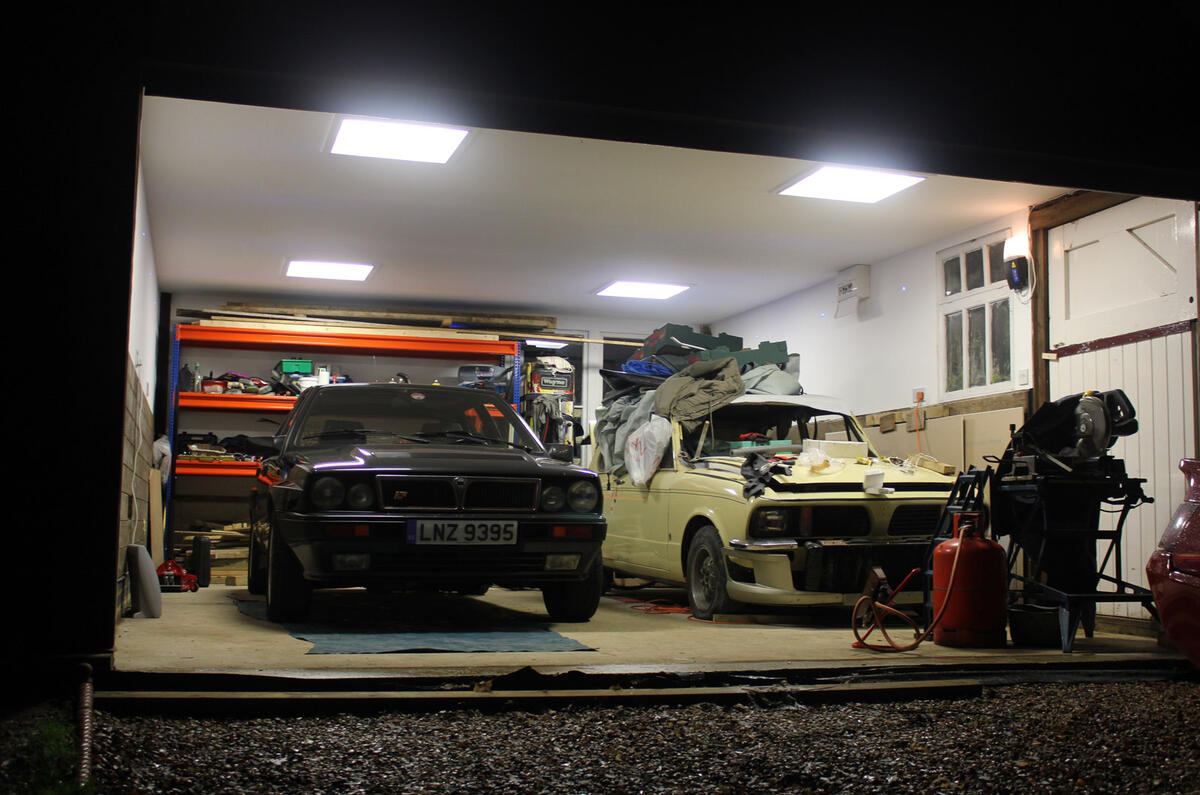
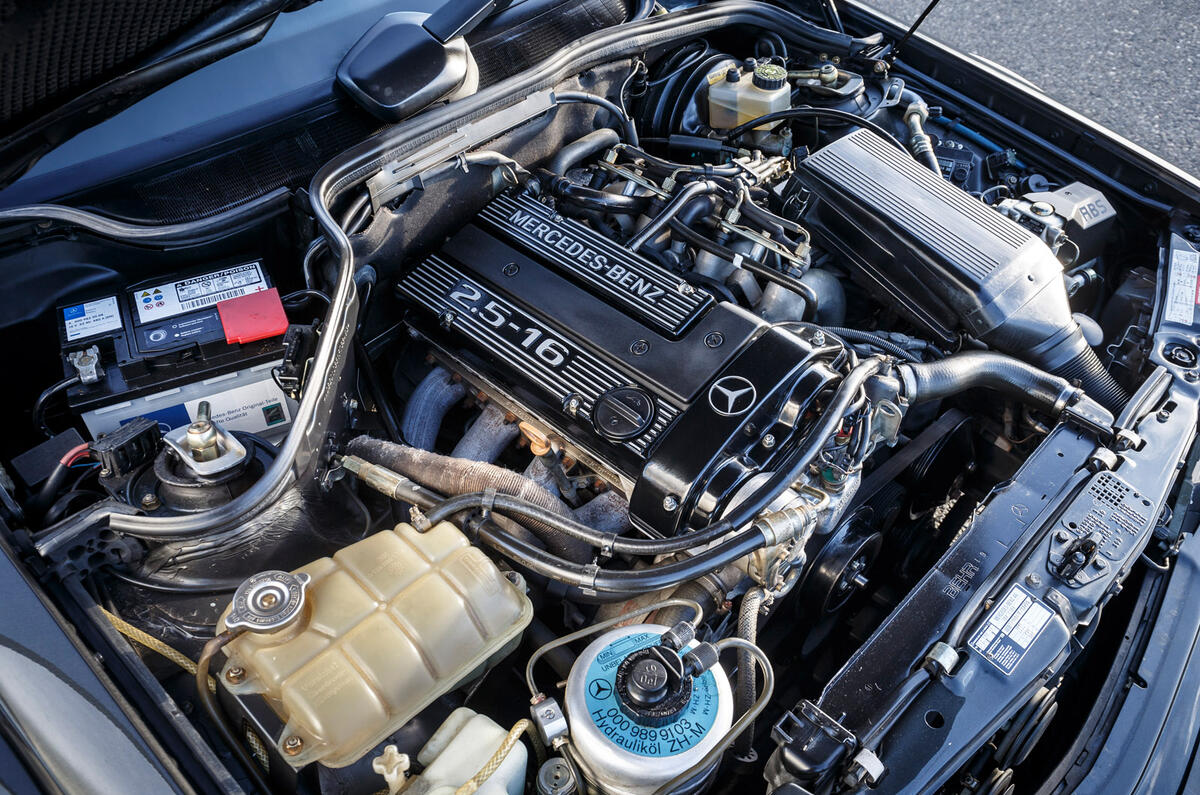
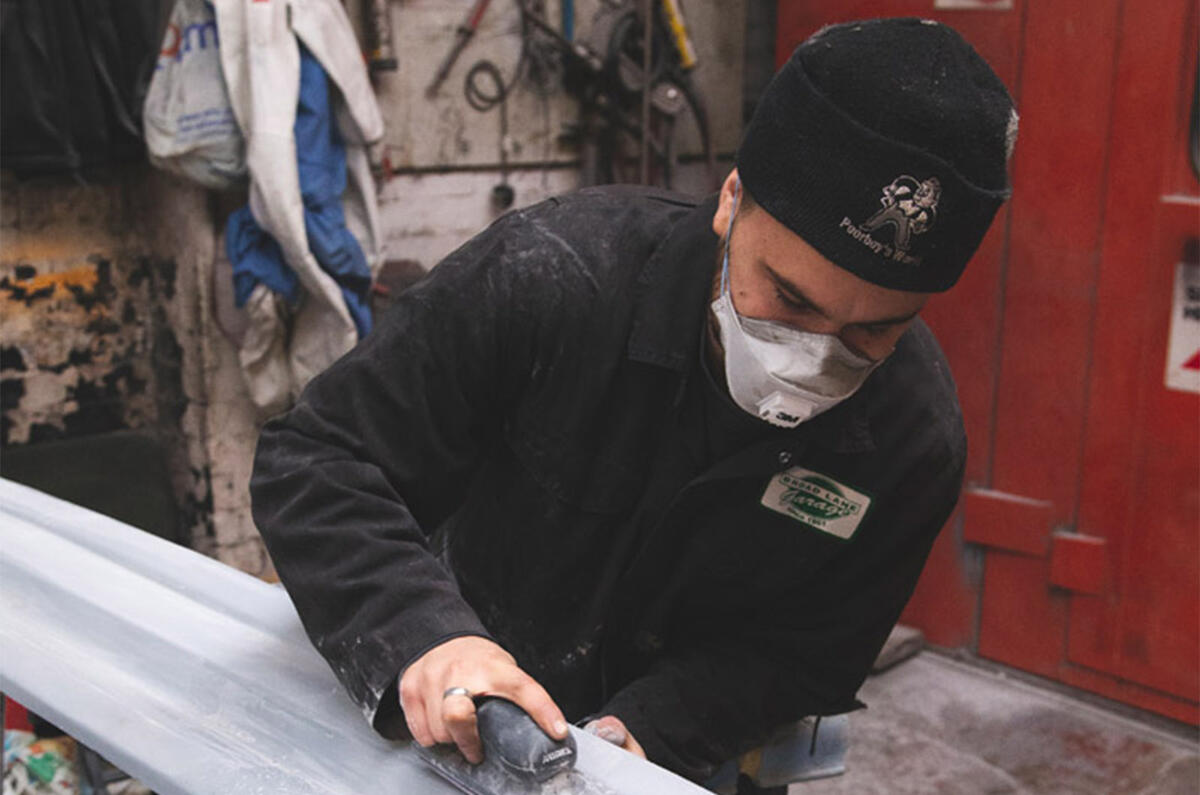
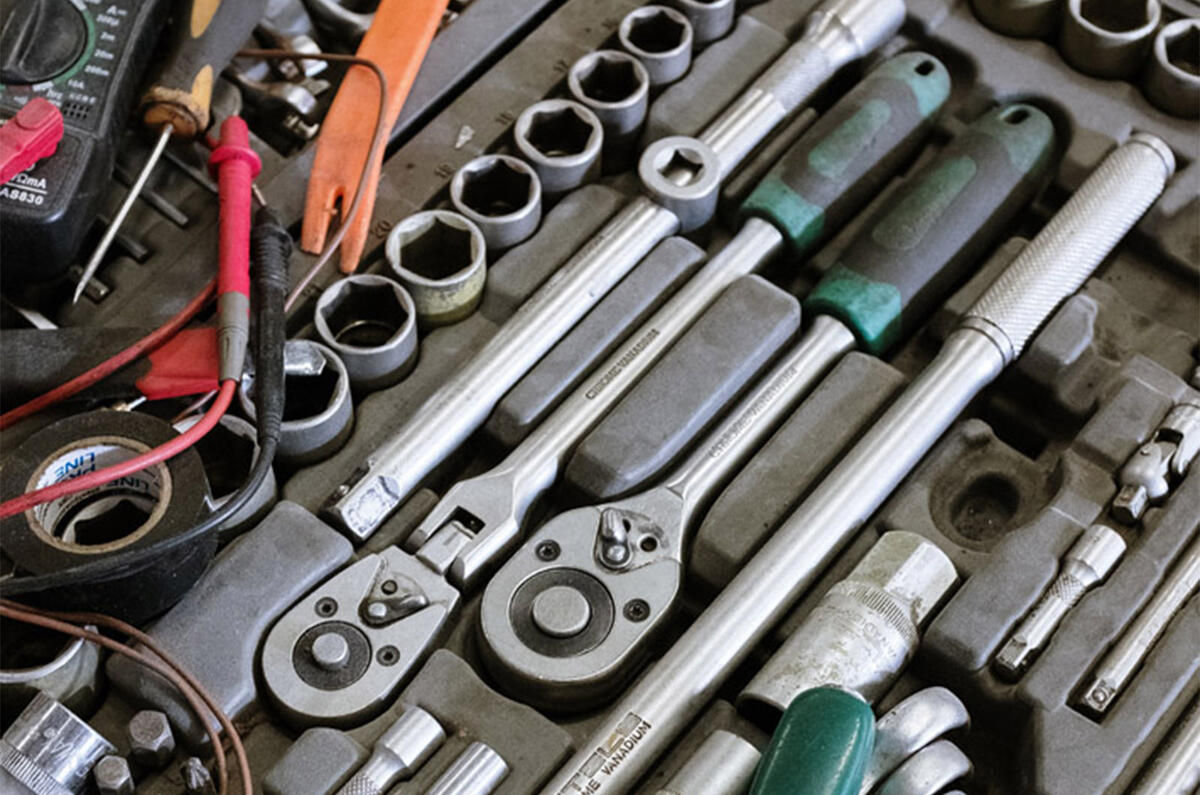
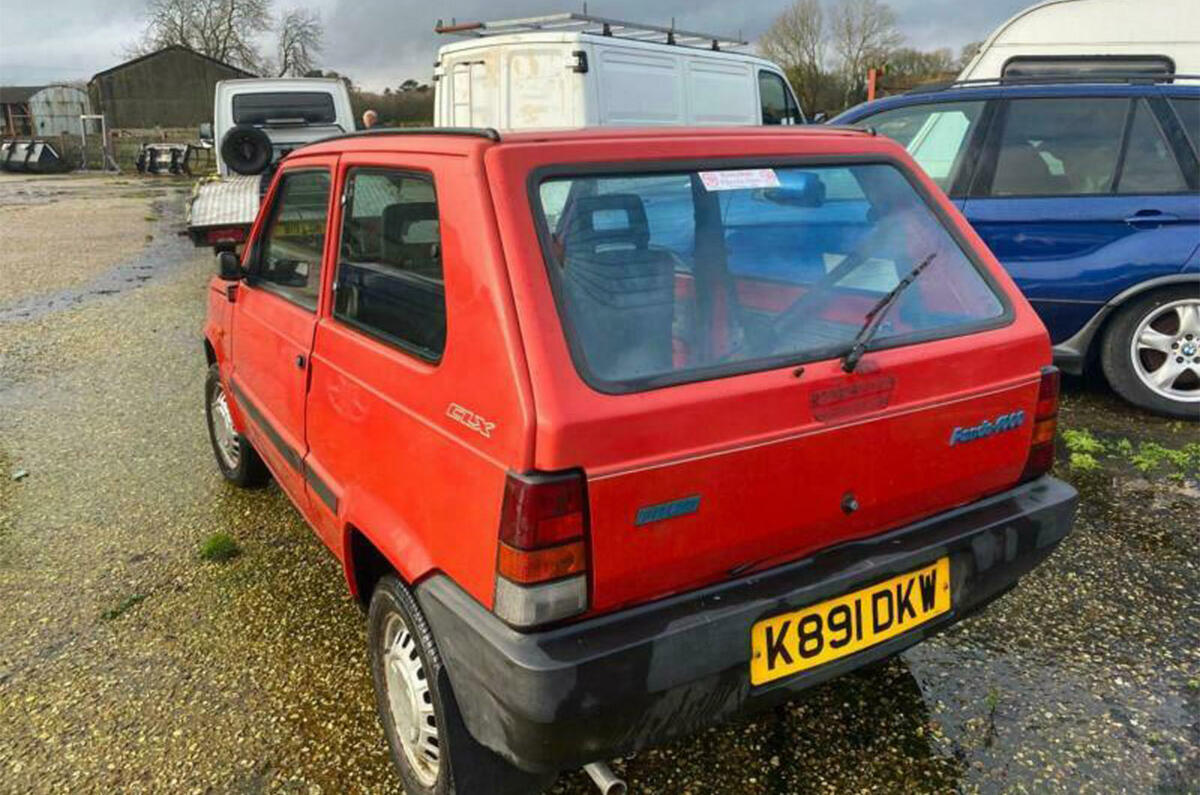

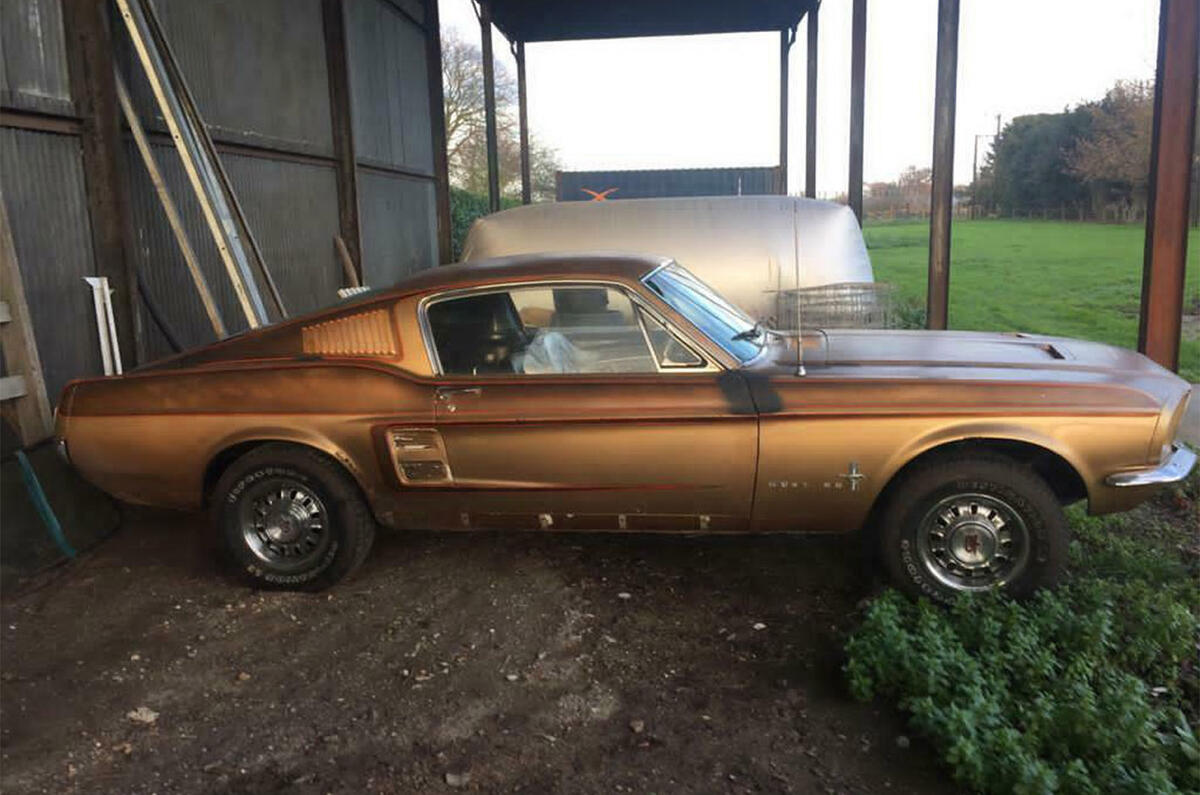
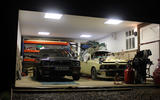
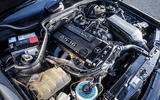

















Join the debate
Add your comment
Another word of warning: from October anyone living within the North or South Circular of London will have to pay £12.50 per day to drive one of these old bangers (sorry, I meant 'classics').
A word of warning/caution for anyone with regards to "one you always promised yourself". As someone who is on "the war path" for mk1 fiat uno turbo parts, I assure you that in some cases, you'd be spending a large amount of time just trying to locate parts. Natually is depends on what type of ownership route you are trying to negoctiate (run as is, partial restroration, restoration jobby), etc.
The main problem with some OE parts, is that they are plastic. UV attacks, chemical attack, etc all mean that some parts are so void of any talc fillers, that they shrink and distort. You can't "re-fill" it with talc, you have to replace. Which with this old fiat stuff can be very trying.
This mk1 fiat uno isn't my first, but owning to the market condition, some part prices are significantly inflated, especially on ebay. Id assume thats the case for anything of this mid-80's onwards period cars.
Sods law says, the part that's just broken, is mega rare and 4 people in the last 15 years have seen one for sale. I'm sure that 3d printing isn't that cheap at the moment, so I wouldn't vouch for that saving the day. Good luck!